Six keys to a successful presidential transition
Lessons learned from the presidential transition committee at the University of Saskatchewan.

In 2015, the University of Saskatchewan undertook an extensive presidential transition process to welcome Peter Stoicheff to the role. As two individuals closely linked to this process, here are some lessons we learned that may be of value to colleagues undertaking a similar presidential transition.
The title of this piece notwithstanding, there are really only two main keys to a successful presidential transition: choose the right individual for the office and provide them with the right supports to be successful. Put another way, if you don’t have the right person and supports, the challenges you will face are likely insurmountable and the process will be unpleasant for all involved. If your incoming president tells you that no transition or mentorship is required, that is a signal that they are the wrong choice. Getting the right person is a necessary condition for success. It isn’t, however, sufficient.
In May 2014, the president of the University of Saskatchewan, Ilene Busch-Vishniac, was terminated by the Board of Governors after serving 22 months in the job. The circumstances of her departure left the university and its leadership in turmoil, in part because the provost had resigned days before Dr. Busch-Vishniac was dismissed. It created a media frenzy and it took the wind out of the university’s sails.
The search for a new president began right away with a heightened sense of the stakes associated with the process. The board chair, having consulted widely with his counterparts at other institutions, quickly formed a transition committee in advance of the final candidate selection. The transition committee was tasked with developing a plan and overseeing the successful transition of the new president from the announcement until one year after the start date. This included providing appropriate information and advice; assistance in building, retaining and enhancing appropriate relationships; and facilitation of appropriate activities during the transition. A full-time U of S staff person was seconded for a year to support the transition process.
The transition committee had already met by the time Dr. Stoicheff was announced as the next president and vice-chancellor at U of S on July 9, 2015. An internal candidate, a long-serving faculty member and then dean of the College of Arts and Science, Dr. Stoicheff was a popular choice within the academic community. Someone who doesn’t need to transition into the role, right? Not quite. Even with close to 30 years at U of S, there were many people, places and things of which he was unaware. Though many people knew him, or had a vague impression of him, for many others he was a complete unknown. As an English professor with a remarkable talent for the classical guitar, how familiar would he be with professional colleges and the applied sciences? The appointment announcement was greeted with nervousness in some quarters.
More than a year has gone by since then. The transition committee has completed its work and been disbanded, Dr. Stoicheff is now thoroughly acquainted with the full range of his responsibilities and the community has opened its arms in welcome. Although a smooth transition process is not entirely responsible for this outcome (back to selecting the right candidate), we are confident there were many things we did right (though not all of them right away) to set our president on a path to success – and a few things we could have done better.
- Ensure the board is committed to the transition process
If the board thinks the job of recruiting the new president ends with the appointment announcement and the rest is up to the transition committee, then it might be best not to bother. A transition committee is immediately competing for space on a new president’s agenda; without the board’s support, it will most definitely lose out to competing priorities.
A much better situation, and one that we experienced at U of S, sees the board treat the transition team as an ad hoc board committee. The board chair, as champion of the process, makes it clear the chair of the transition committee reports to the board and nowhere else. The committee becomes a regular topic on the board agenda, providing in camera assessments of how the process is unfolding. In our case, the board provided its own feedback and advice that helped steer the transition committee in choosing meetings, venues and audiences. It also allocated funding for a staff position so the task did not inevitably slip to the side of someone’s desk and become a secondary priority.
In addition, the board vice-chair was an active member of the transition committee, providing an ongoing connection back to the board. Having the board chair and vice-chair involved showed a common front in supporting the candidate choice by both current and future board leadership.
- Recruit the right people for the transition committee, starting with the chair and a full-time support staff member
This task begins with finding a committee chair who can command the respect of the incoming president and the board. In our case, the board chair approached one of us (a former provost) who was already serving on the search committee. Having been privy to conversations within the search committee and having intimate knowledge of the university, the transition committee chair was able to provide the new president with context for some of the choices around transition agendas and priorities. This is a person the president needs to be able to rely on for direction, guidance and support.
The need of an internal staff member to support the transition committee on a full-time basis was essential to keeping the transition work on track. This role cannot be underestimated. It’s valuable if this staff person has a network of relationships and trust built with leaders across campus, and can help ensure positive engagement with the internal and external community. At U of S, that person was seconded from the communications department for a year.
In assembling the transition committee, the experience of the University of Alberta in welcoming David Turpin was invaluable in getting us started. The head of their transition team was very generous in sharing ideas and explaining the reasons behind some of their choices. Their best piece of advice: resist the temptation to populate the committee with representatives of various constituencies within the university, or to choose the leaders from those areas. If you can’t resist that temptation (or pressure), then you will end up with a large and unwieldy group of people, many of whom will already have access to the new president because of their other roles in the university. Err on the side of bringing in outsiders – those who are not part of the administration. Make talent, and not politics, the key criterion. You want people with enough confidence to speak truth to power.
What does that mean in concrete terms? Choose alumni, but not necessarily donors; students, but not necessarily presidents of the student associations; faculty, but not necessarily members of the faculty association executive. Each member recruited to the committee should bring a unique perspective and contacts that take the president into both familiar and unfamiliar corners of the community. And above all, keep it small. Ten people should do; eight would be better. Ensure these individuals are committed to doing what’s needed beyond the initial buzz of the presidential announcement.
- Reserve time for transition activities
Based on our experience, staff members, deans and vice-presidents can’t wait to monopolize all of the new president’s time. At U of S, a number of decisions had been put on hold and everyone was looking for advice and answers. They were also, naturally, looking for a chance to put their best foot forward and reward their own constituencies with access to the new leader. In a way, they were all part of the transition process.
Don’t resist their eagerness or send unnecessary “keep off the grass” messages. You’ll need their collaboration and co-operation. At the same time, the president will appreciate not being fed to the lions, so to speak. Protect your president’s time and energy by identifying transition events as distinct from the regular chores of the office. That will take some of the pressure off the president to conduct business while she or he should be framing conversations and providing a glimpse of the person behind the role.
At U of S, 12 percent of the president’s time in the first year was dedicated to transition activity. Engaging and empowering the president’s scheduling staff is a requirement. Remember, they are transitioning to a new role, too, and welcoming a new leader. Bring them into the conversation and make sure they know the important role they play in protecting time for transition events and commitments against the inevitable pressures of the office.
- Be strategic in event planning
This is easy to say, but there are many people who will want, or expect, to be connected in short order to the new president. In our case, having a 30-year history at the university, he had many strong relationships within the university, but relationships with the external community required attention.
Not everyone needs an immediate face-to-face, but a note to key donors, community leaders and government officials is a way of signaling their importance without necessarily committing them or the president to an immediate sit-down.
We first focused on engaging with the external community and concentrated on introductions to government officials, other presidents and postsecondary leaders, and the donor community. We also engaged with business leaders who hosted receptions for their colleagues and friends to meet the new president. The deans and the heads of administrative units were very understanding; their chance would come, but it would be a few months before the first faculty and staff meetings occurred.
Internally, meetings with faculties, student associations and administrative units should be on your checklist, but that won’t be enough. Presidents have a real need to connect with individual faculty members. Our faculty association was remarkably helpful in this regard. They sponsored a series of dinners hosted by Dr. Stoicheff and his spouse at the president’s residence. These dinners, attended by a member of the transition committee (who was also a former chair of the faculty association), included small groups of faculty made up mostly of newly tenured faculty, outstanding researchers, teaching-award winners and established faculty. Deciding who warrants invitations to these events can pose tricky diplomatic challenges, so you will need to establish some criteria (and make strategic exceptions).
If your president is recruited from outside of the university, you may want to flip priorities and focus internally first so the individual can become familiar with the campus landscape and locals. For example, U of A took care to keep its new president, an external hire, on the premises, so to speak, so that he could devote time to meeting each faculty and the leaders of key internal constituencies.
- Don’t forget about the outgoing president
Transitions are two-way streets: someone is coming and someone is leaving. It is easy to lose sight of the needs of the outgoing president in the rush to roll out the red carpet for her or his successor. It becomes even more challenging when your community wants the “new president” to represent the university before that person is officially in the role.
It should go without saying that celebratory events recognizing the work of the outgoing president are in order. And if the outgoing president would like to take a victory lap – perhaps a farewell tour of meetings with colleagues or donors – don’t be surprised. They want to soak up those last few moments in the role and leave a legacy that will not soon be forgotten.
But then what? New presidents are often inclined to distance themselves from their predecessors, sometimes in their choice of priorities, staff or in their general demeanor. Too much of a distance signals insecurity, but that’s a hard message to convey to the newly minted CEO. The most that can be expected of the transition committee is to keep lines of communication open between the incoming and outgoing leaders during the process, and to smooth ruffled feathers on both sides should opinions diverge.
Shaping the relationship between the institution and the past president once the toasts and the thank yous have ended is a job for the board. Normally, the outgoing president represents a huge institutional asset, but it is a partnership that has to be managed carefully. Some former presidents simply assume they will retain parts of the job that they have just vacated; others will be tempted to pass judgement on their successor (ideally, but not always, in private). It is important to remember that for most presidents, the job defined them at some level. In leaving the position, they are obliged to reconstitute their identity. The board can help by, at minimum, including them in university functions, especially those that celebrate institutional and personal accomplishments. The new president will be watching.
- Don’t forget the family
It is rare a president arrives on campus unaccompanied by family, and it is safe to assume the decision to accept the presidency will not have been taken alone. If the president has a partner, like good decision-makers everywhere, they will have toted up the costs and benefits together. Consider what some of those costs might be from the partner’s perspective. Family and friends? Employment? Proximity to children? Access to health care?
The transition can be a roaring success from the perspective of the president, the board and the committee, and yet still fail because no one has factored in the president’s partner. The idea this person will simply fade into the background and forgo their own aspirations is quaint and ridiculous. If it’s not working for the partner, it won’t work for the president.
Unfortunately, there are no rules of conduct here; not even rules of thumb (beyond being aware). Everything depends on the family’s needs and situation. If employment is an issue, then, at minimum, it calls for the committee’s best efforts finding the partner a job. If schooling or health care is a need, do your best to accommodate these needs, but be careful not to be too demanding on the president’s behalf.
In the case of our new president, his spouse, Kathryn Warden, is director of research profile and impact at U of S, and one of his children, Chris Stoicheff, at that time was in government relations at the university. This presents a different kind of challenge. If family members are employed as lab technicians or pension specialists, then the distance between their jobs and the presidency makes conflicts (of various kinds) less likely. If they work in close proximity to the president, then great care must be taken to ensure the two roles (partner and employee) don’t get mixed up in the minds of colleagues to the detriment of both partner and president.
This summary of our experience does not do justice to the amount of effort and time required to support a successful presidential transition. Many loyal employees dedicated several, if not hundreds, of hours to ensure our new president was provided with the information, resources and relationships to set him up for success. With little to go on when we started this adventure over a year ago, it has been a voyage of discovery, where some things went well and others we will flag for next time. One thing is certain: we won’t recruit another president without first putting in place a thorough transition process.
Michael Atkinson is chair of the presidential transition advisory committee, and interim provost and vice-president academic at the University of Saskatchewan. Jennifer Robertson was, until recently, staff support to the presidential transition advisory committee and communications officer at the University of Saskatchewan.
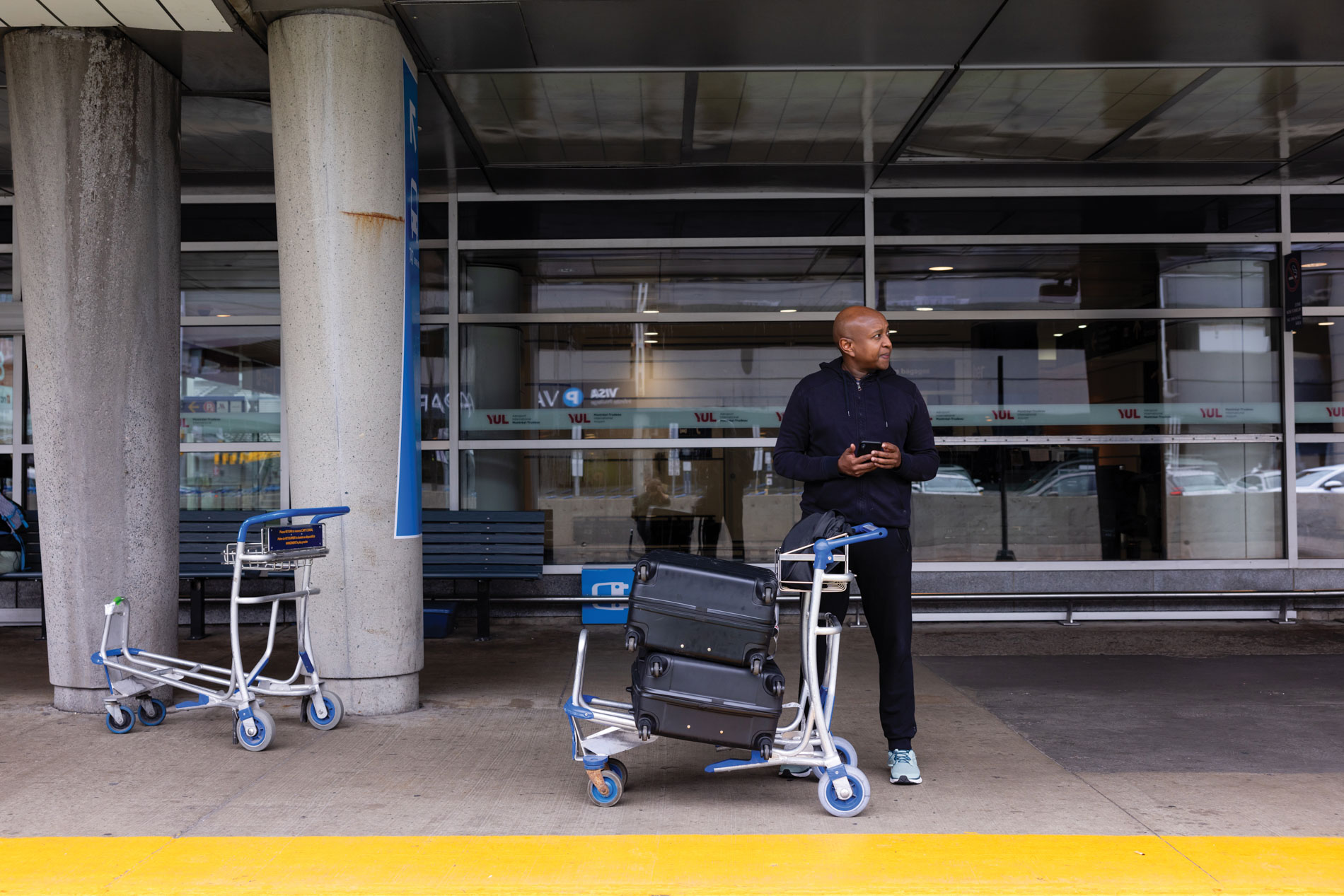
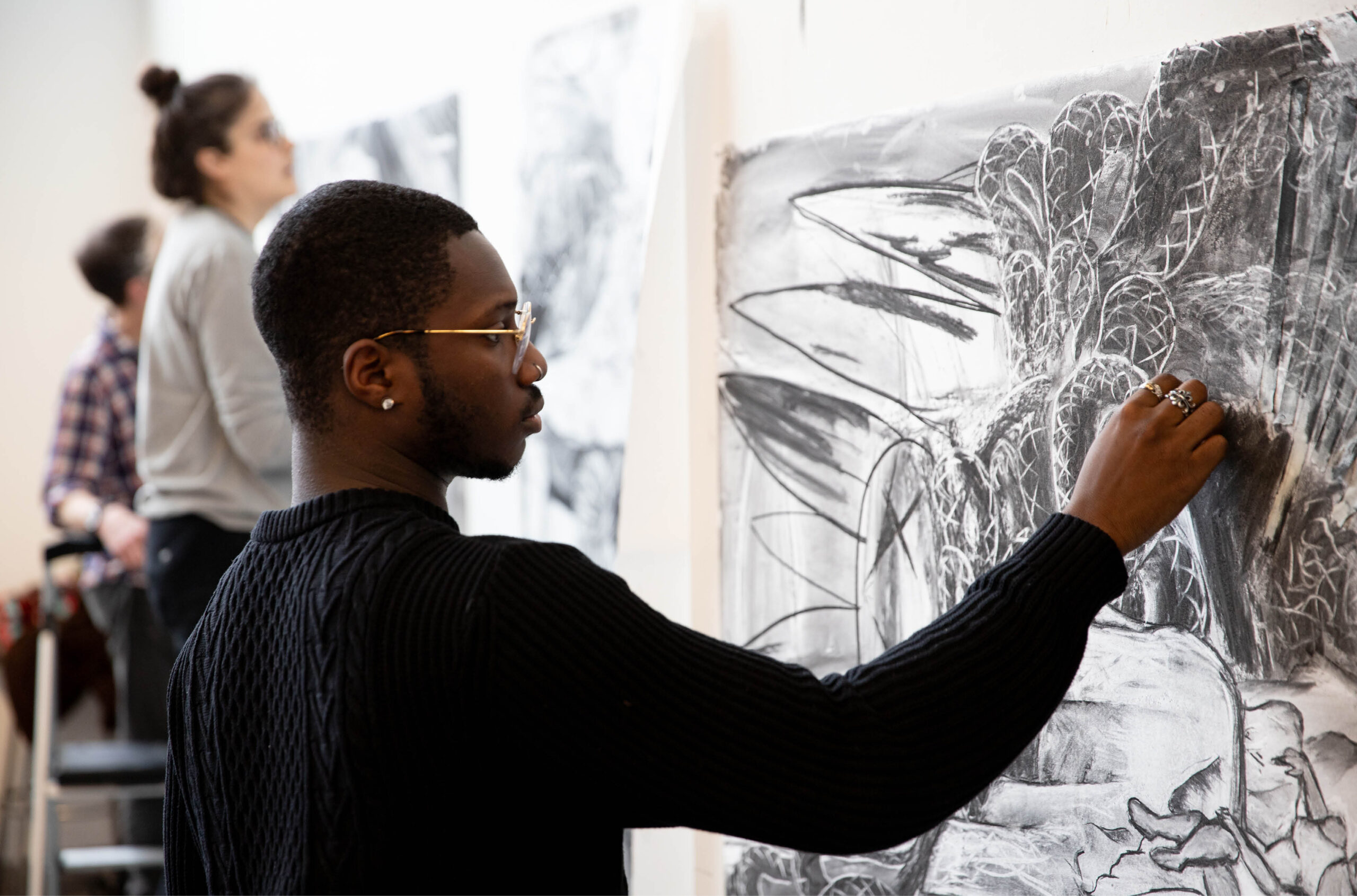

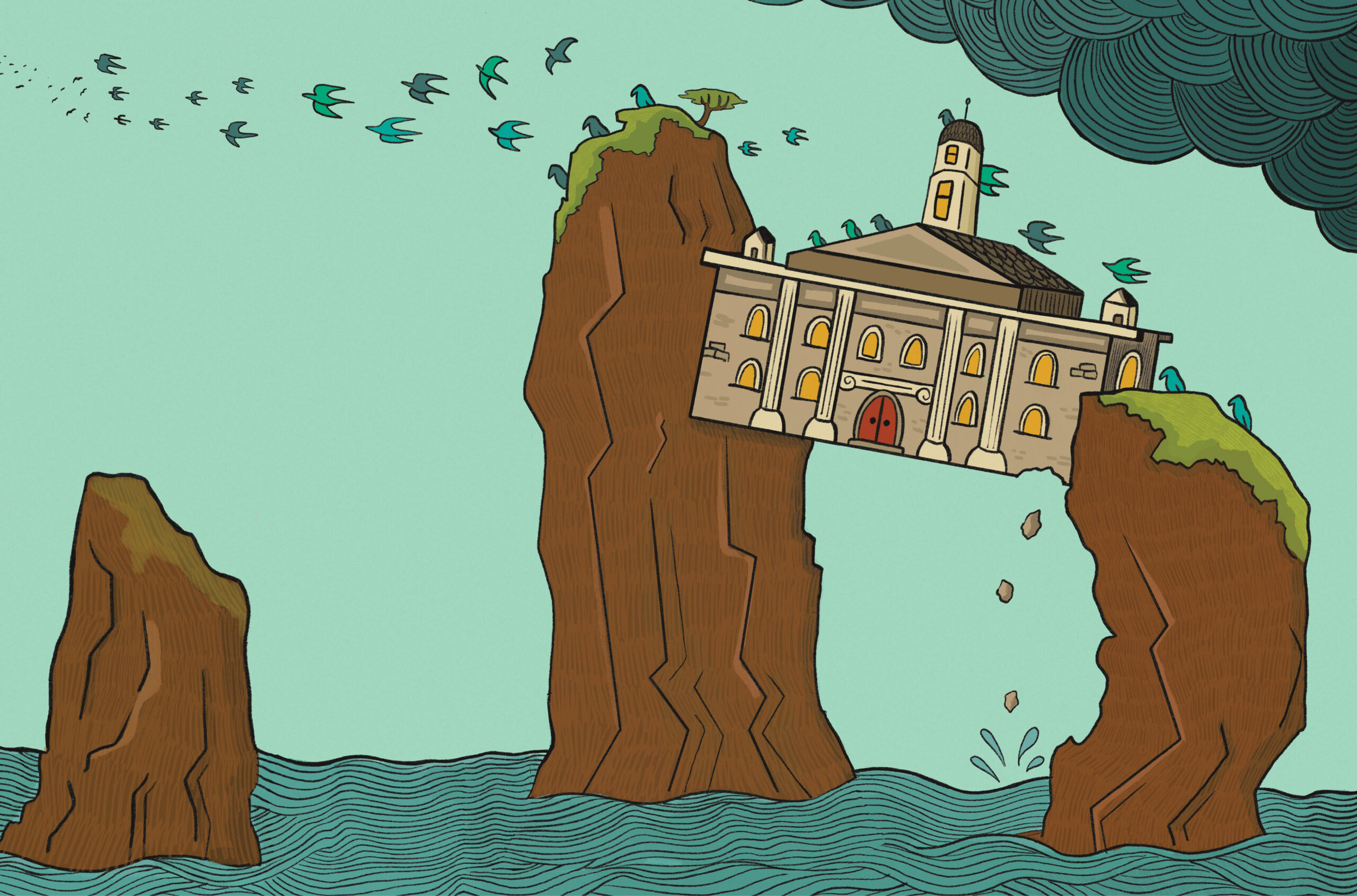


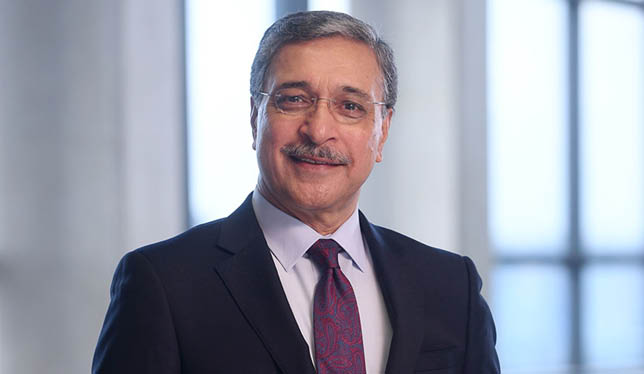
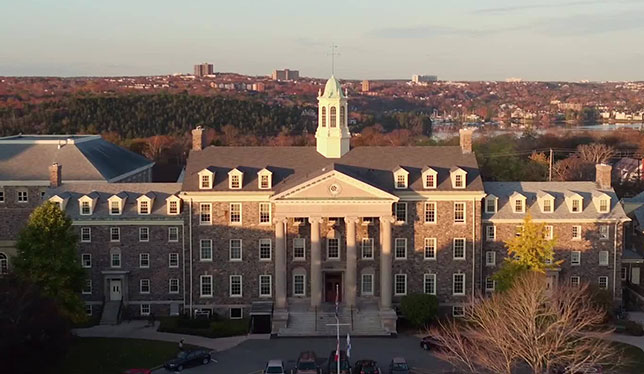



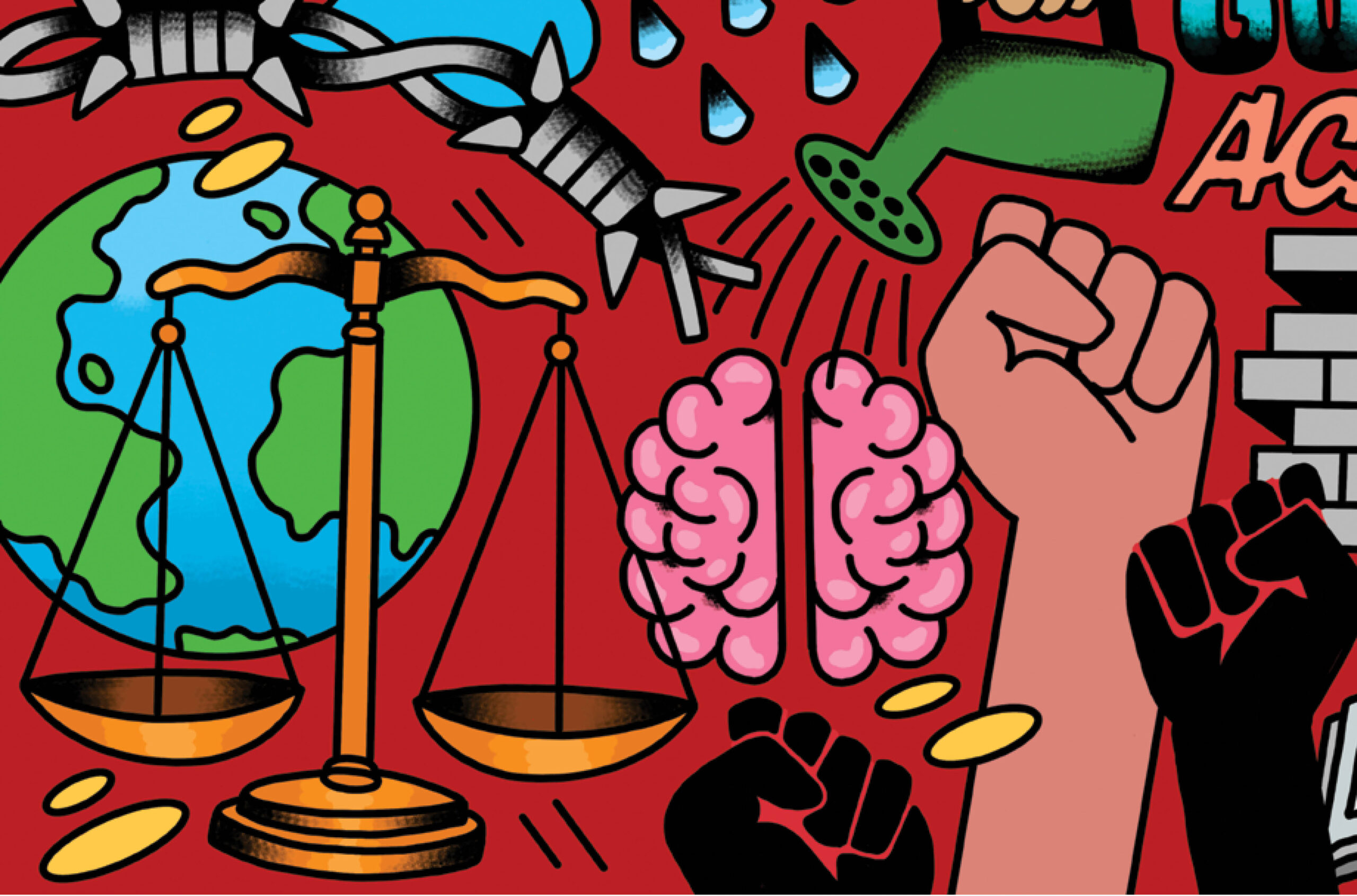
Post a comment
University Affairs moderates all comments according to the following guidelines. If approved, comments generally appear within one business day. We may republish particularly insightful remarks in our print edition or elsewhere.
3 Comments
As one with longstanding concerns that so many institutions put a huge amount of time into presidential searches and then sit back to let the appointee get on with the job on the false assumption that he or she both knows exactly what to do and how to do it, I was delighted to read this account of a stellar process at USask. Given the critical importance of “institutional fit” to a successful presidency, it is encouraging to read a case study of where this is really taken seriously.
It is particularly noteworthy that this extensive transition process took place for an internal candidate. Although there has been a welcome increase in the number of internal appointments for president in Canadian universities, the great majority still go outside for their new leader — in such cases, a strong transitional process is even more essential. Kudos to the University of Saskatchewan for its leadership in this area and to Michael and Jennifer for a first-rate account of its processes.
Excellent article.I co authored a book on presidential transitions a few years ago. These authors have provided some excellent information.Very practical and honest.Thanks!
The authors have provided invaluable practical advice about transitioning into the university President position.
Based on what I have seen of such presidents this far, they seem to remain distant from employees at mid and lower levels levels of the institution. In addition establishing links with community groups is clearly out of their purview. I think that this is a major mistake because they lose the opportunity to enhance institutional relevance and image in the society and they also lose the opportunity for building collaborations, consultations and a wider communication network.